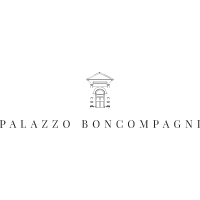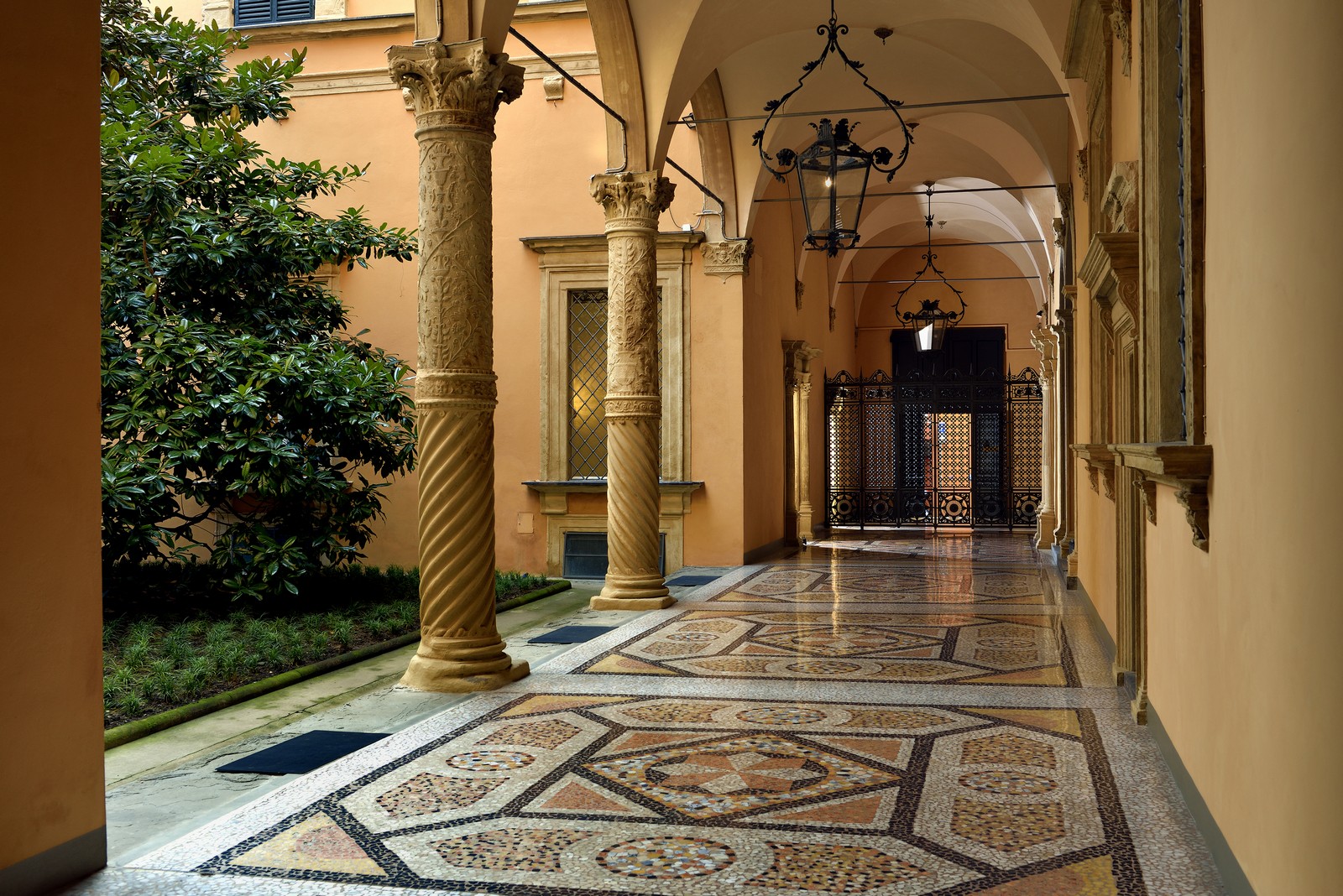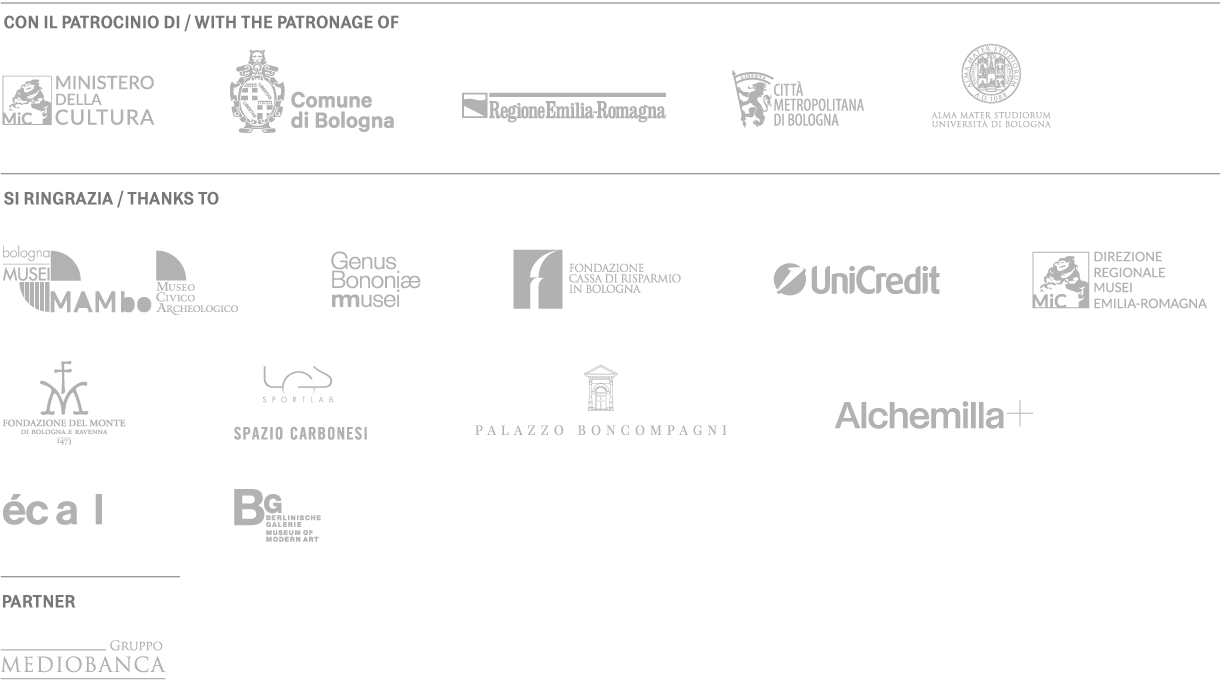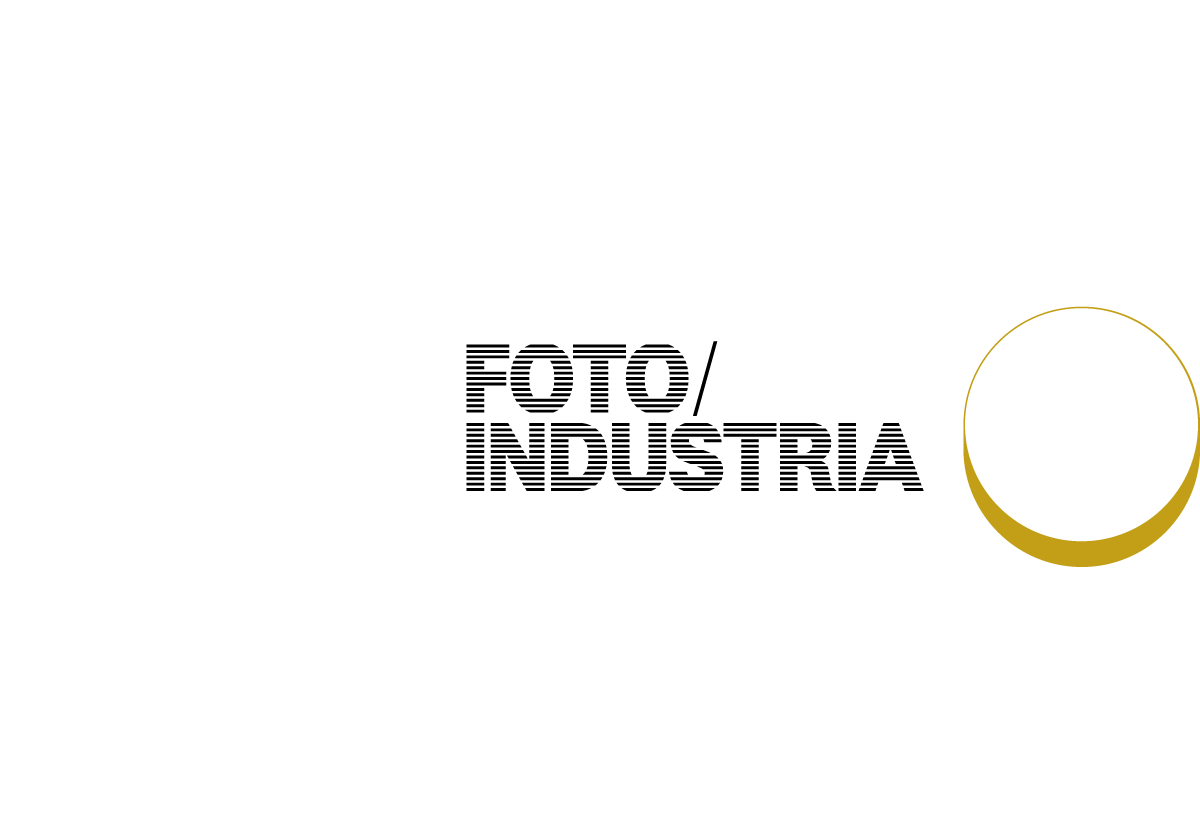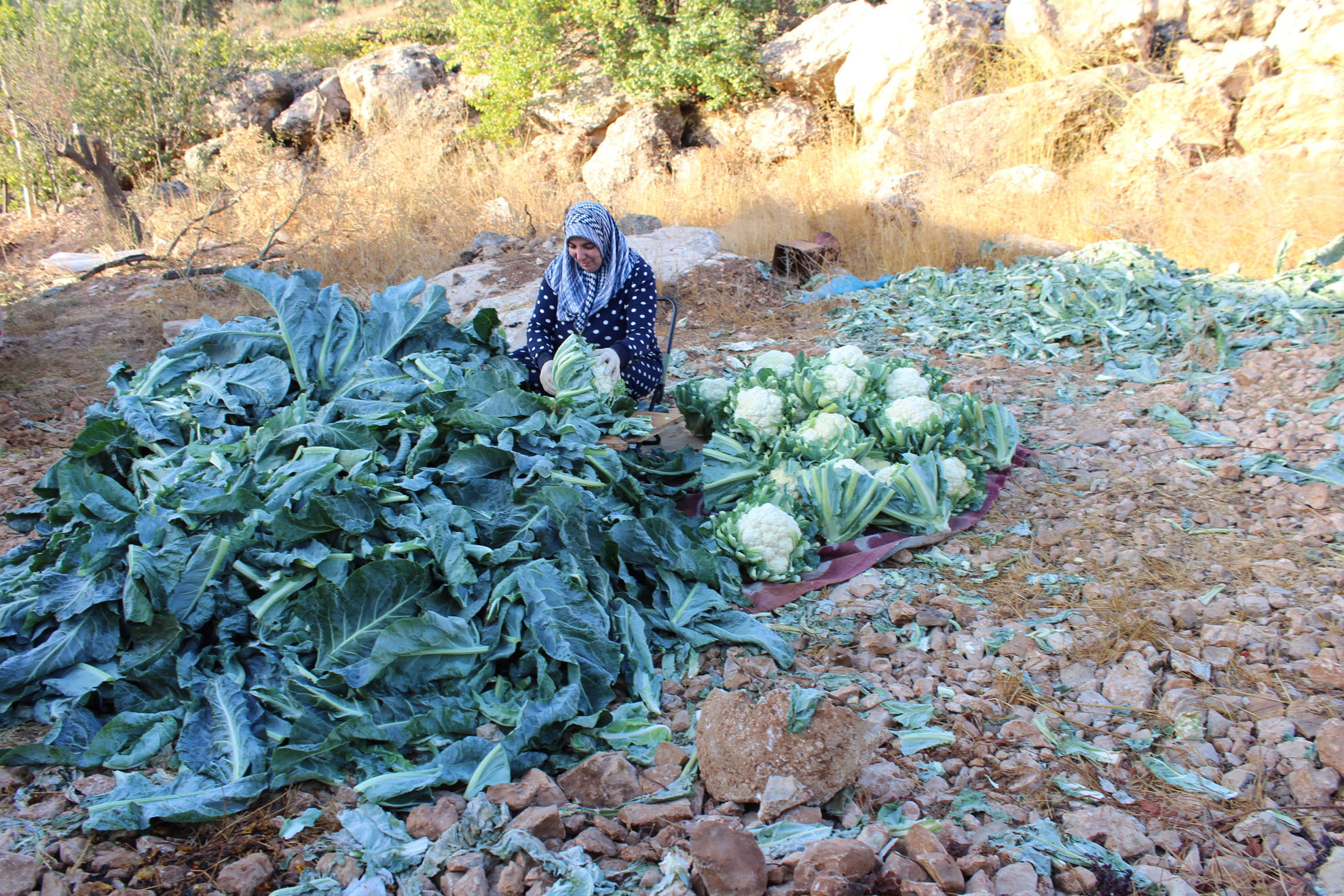
VIVIEN SANSOUR
Palestine Heirloom Seed Library
Vivien Sansour is a Palestinian artist and environmentalist. Palestine Heirloom Seed Library is an artistic, social and research project born in 2014. Its aim is to promote the preservation of ancient varieties of seeds which are considered as real living units of history and culture, through the active involvement of citizens and institutions. Set in what looks like a real environment, this exhibition integrates different media, including photography, video and writing, to accompany viewers in a multisensory journey to discover the projects promoted and intercepted by the Palestine Heirloom Seed Library, from its birth up to today. A map, a video and an artist’s book created for this occasion represent the crucial points in the recognition of this work, which concerns issues of extraordinary economic and geopolitical importance, representing, at the same time, a fundamental tool of awareness (for the local people) and information (for the rest of the world).
Location
Palazzo Boncompagni
Via del Monte, 8
BIOGRAPHY
Vivien Sansour (Palestine) is the founder of the Palestine Heirloom Seed Library. An anthropologist by training, she combines artistic practice, scientific research and environmentalism. She has worked with farmers around the world producing texts, photographs and other materials with the aim of regenerating local traditions and supporting the protection of biodiversity as a cultural and political act. During 2020 and 2021 she has been a Religion and Peace Initiative Fellow at Harvard University, USA, and has been working on an autobiographical book documenting her research into Palestinian and worldwide seeds.
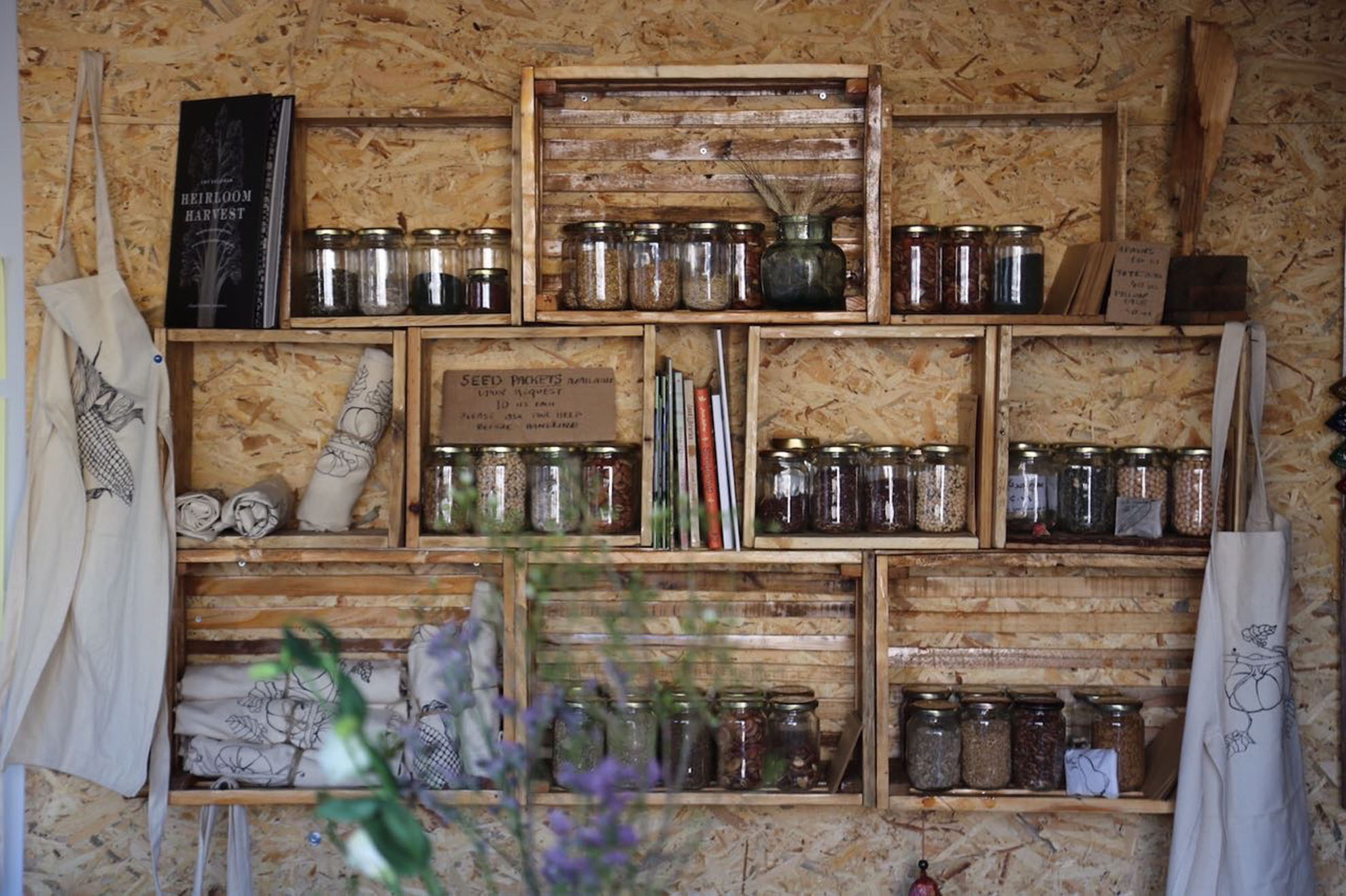
© Vivien Sansour. Palestine Heirloom Seed Library
Location
Palazzo Boncompagni
Via del Monte, 8
Palazzo Boncompagni (now Benelli) is situated in Via del Monte 8, just steps away from piazza Maggiore and the Two Towers, right in the historical centre of the city. Pope Gregory XIII, who was previously Cardinal Ugo Boncompagni, was born and lived in the palace – which belonged to his family – until his rise to popehood on 13 May 1572. The Palace was built upon initiative of his father – Cristoforo Boncompagni – in 1537, and completed in 1548; it stands out due to its sober fourteen-century styled façade and its large adorned portal. The papal insignia of Gregory XIII, Ugo Boncompagni, is visible on the 1545 portal.
